Juniper in Siberia: the best varieties, planting and care
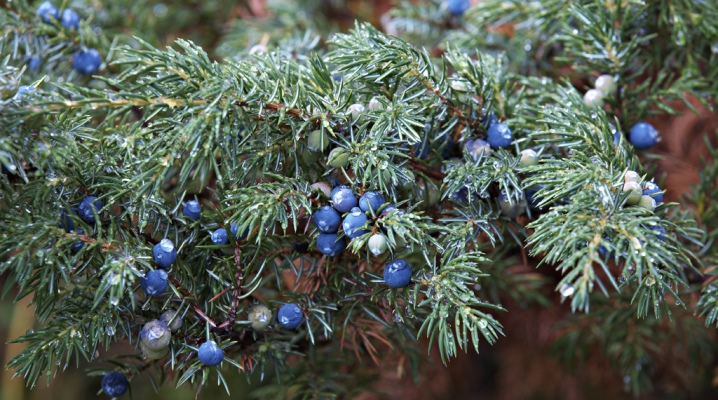
Since many junipers can easily tolerate low temperatures and have an innate immunity to most diseases, they are also suitable for growing in Siberia. Having planted this culture in a garden plot, it will be possible to get a spectacular decoration that will delight the owners of the site for many years.
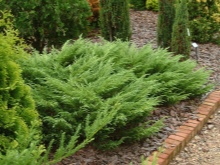

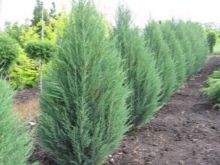
Suitable varieties
Juniper in Siberia quite often becomes a decoration of garden plots. Some of its varieties are adapted specifically for this zone and are suitable for both the western and eastern parts. The description of suitable varieties should start with Cossack juniper. The creeping plant does not belong to the tall species, as it grows only up to one and a half meters. However, this variety grows rapidly in width. Soft needles of a beautiful blue-green hue grow up to 4-6 millimeters. The juniper bears fruit with pineal berries ranging in size from 5 to 7 millimeters.
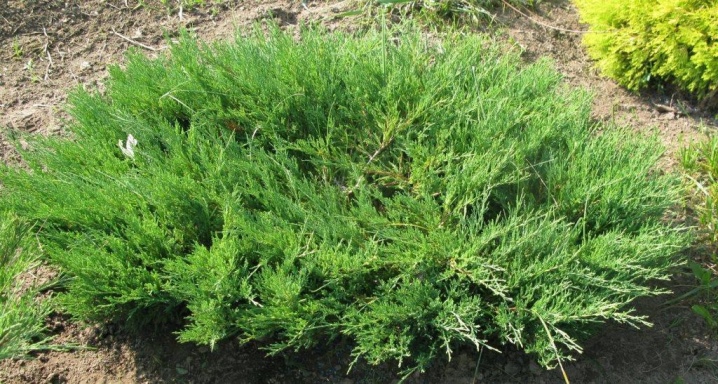
Siberian juniper is considered one of the most attractive varieties. Plant height reaches one meter, forming a rather dense creeping crown. Young shoots have a light green color, and older ones are painted in a grayish tone. The root system goes deep into the soil by almost one and a half meters. Curved needles do not lose their attractiveness even during the winter season. Black buds grow up to 8 millimeters long.

Solid juniper reaches a height of 10 to 12 meters, but is only 0.5 meters in diameter. The needles are combined in three pieces, growing in length up to 30 millimeters. The beautiful emerald color of the needles changes to brown with the onset of the winter months.
Chinese juniper reaches a height of 20 to 25 meters. He is not afraid of frost and lack of watering, and is able to live up to 800 years. The trunk of the plant is covered with bark of an unusual red-gray hue. Shoot thickness ranges from 2 to 2.5 centimeters. The needles are either in the form of needles or in the form of scales.
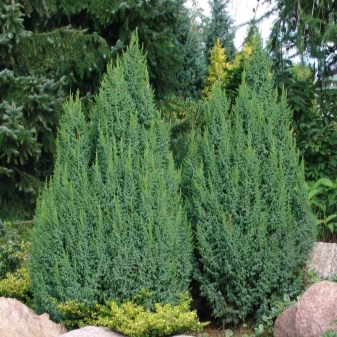

Virgin variety reaches 30 meters in height and, like the Chinese, is a long-liver. The diameter of the ovoid crown reaches one and a half meters. The needles from 1 to 2 millimeters long have a calm bluish-green tint. The fruits of its dark blue hue look like neat balls.
Scaled variety characterized by the presence of a wide crown and two-color needles, the top of which is colored blue, and the bottom is dark green. The fragrant juniper grows only up to 1.5 meters.
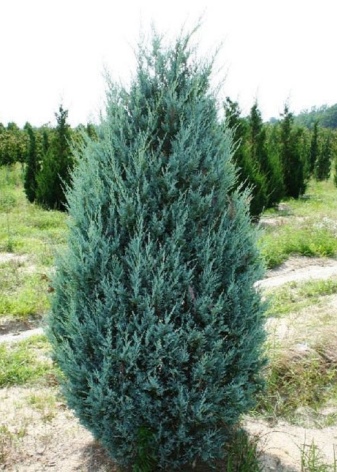
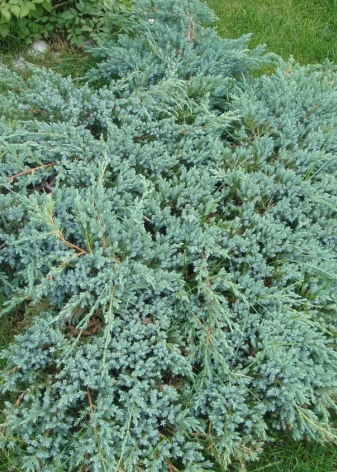
Landing rules
Successful site selection and preparation of healthy seed are important components for the further development of a healthy and beautiful juniper. It is better to take a seedling in a nursery, where it is sold with closed roots, that is, either in a container or with a rather large earthen clod. Since the rhizomes of the culture are extremely fragile, the lack of additional protection will lead to injury or dry out during transportation and further planting.
When choosing seedlings, it is necessary to carefully study each process. Their crown should have a uniform healthy color without any specks, dry fragments or even rot.
An earthen ball cannot have visual signs of acidity or mold.In addition, it is important that the shoots have flexibility and juiciness, and the buds are pleasing with a healthy green tint. It is customary to plant ephedra either at the end of April or at the beginning of May. During the summer months, juniper seedlings should put down strong roots and adapt enough to endure the winter cold without any problems in the future. The area where the juniper will be located should be sunny, but with a little shade. For example, a space next to tall trees with a fluffy crown is considered successful.
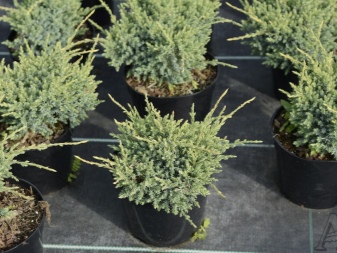

Preference should be given to flat areas without drafts and stagnant moisture. The soil can be any, but with good drainage. If the ephedra is located on a loamy area, then you will additionally need to add several buckets of sand or vermiculite so that there are 20 liters per square meter of territory. In a situation with sandy loam, you will need to add 20 kilograms of clay.
Since the juniper feels bad on acidified soil, loses its brightness and slows down in development, in this case, preventive measures will also be required. If the soil acidity level is more than 5-6 units, it will be necessary to balance the existing soil mixture with 350 grams of calcite, dolomite flour or slaked lime. The preparatory stage ends with deep digging or leveling the surface.
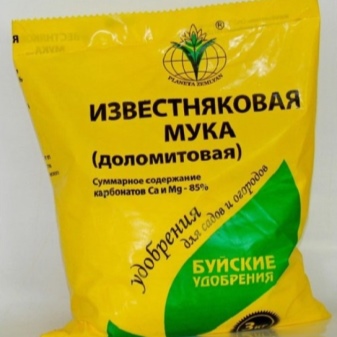
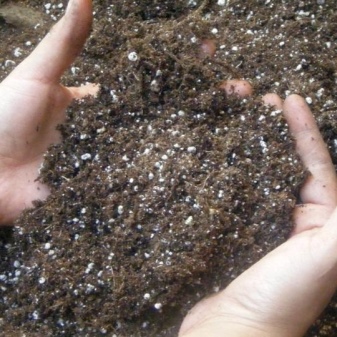
The hole is dug about a couple of weeks before direct planting so that both the earth and nutrients have time to settle. It is customary to adhere to the dimensions of the pit 70 x 80 x 90 centimeters. It is important that the drainage layer, the soil mixture, and the earthen lump connected to the seedling can fit in it. It is customary to use pebbles, gravel or small pieces of brick as drainage. On top of the drainage layer, nutrient soil is distributed, consisting of turf, peat, sand and coniferous sawdust, which are combined in a 3: 2: 1: 1 ratio.
An earthen clod of an ephedra seedling is moistened, and then placed in the pit so that the root collar remains above the ground. Further, the earth is poured into the remaining intervals, everything is compacted and abundantly irrigated. In this case, one seedling will need about 10 liters of water. Mulching is also carried out immediately using peat or pine chips, which will prevent the evaporation of the liquid.
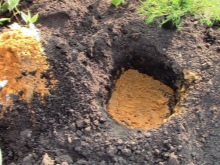
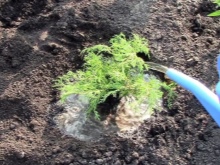

Care features
As for the care of juniper in Siberia, it is standard. At first, the seedlings need to be irrigated often, but in moderation. If it's hot and dry outside, then one juniper bush will need 6 to 7 liters of water once a week. This will contribute to the development of the root system, as well as the active growth of green mass. In the second year of life, the ephedra needs irrigation only 4 times in all 12 months. However, in this case, each bush will have from 12 to 15 liters of liquid.
A juniper, which is 3 years old, needs watering only three times per season - in spring, in July and in autumn about 4 weeks before the first frost. Under one bush, you will need to pour from 40 to 50 liters. In addition, experts advise using crown sprinkling - the culture will well accept spraying every three days. Each watering is accompanied by a loosening procedure, which contributes to a better supply of oxygen and moisture to the root.
You need to loosen it very carefully so as not to harm the fragile roots, which are located quite close to the surface.
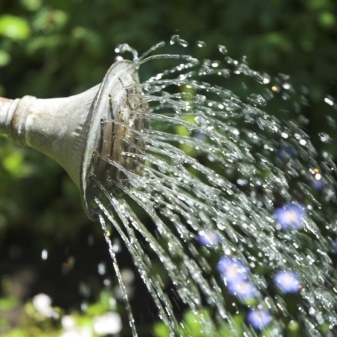
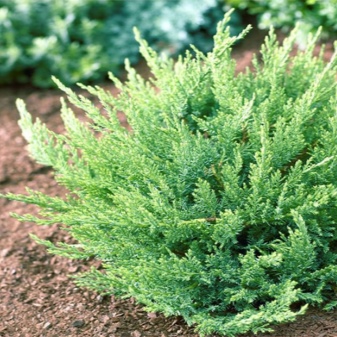
The loosening procedure is accompanied by weeding of row spacings and getting rid of weeds. Further, the surface near the trunk is mulched with a combination of peat, sawdust or pine chips. This layer will keep moisture in the soil and prevent the active reproduction of weeds.
Juniper growing in Siberia needs regular feeding. The first fertilizers are applied a year after planting.As a rule, we are talking in this case about a liquid solution containing nitrogen and nitrophosphate. 10 liters of water will require 30-40 grams of additives.
In addition, at the beginning of autumn, you can add a complex fertilizer containing potassium and superphosphate to the soil. In this case, 15 grams of the substance will be required for a bucket of settled water. Besides, to maintain the attractive appearance of the crown, as well as to prevent the invasion of pests, it makes sense to irrigate with drugs in a chelated form, for example, "Heteroauxin". This procedure is carried out 3 times per season.
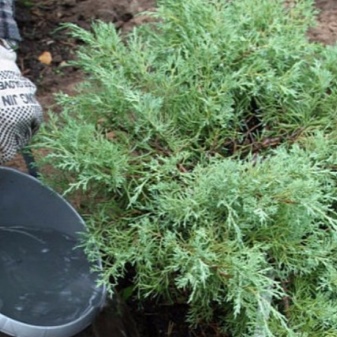
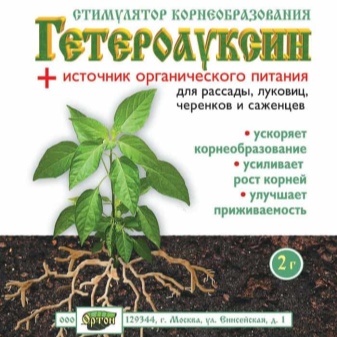
Juniper pruning in Siberia is not particularly required, but it makes sense to carry it out to create an unusual tree shape. At the same time, the shortening of shoots is insignificant - only by 3-4 centimeters. In the spring, it is important to do light sanitary pruning by removing any dead, diseased, or weather-damaged branches. All work is carried out with sterile and sharp instruments, and the resulting wounds are treated with fungicides - copper sulfate or Bordeaux liquid. Preparation for the winter season is carried out shortly before the first frost. The procedure consists of several stages.
The surface is mulched with a rather dense and high layer of peat, sawdust and pine chips. Further, the branches are bent to the central trunk and fixed with twine or not a rigid rope. At the final stage, the juniper is covered with burlap or spruce branches. All shelters are removed in the spring, but only when the probability of frost is minimal.
If the ephedra is already three years old, then it is not necessary to warm it for the winter, since innate immunity will help it survive the frosts. It will only require hilling and warming the area near the trunk of the bush.
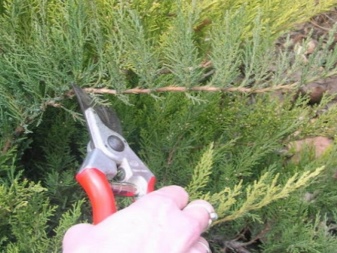
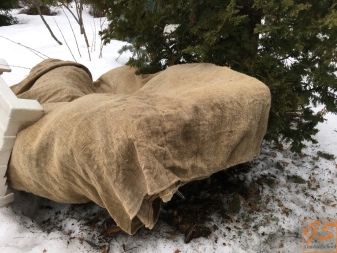
Reproduction methods
Juniper propagation in Siberia is carried out in two main ways. Most often, cuttings are used. Shoots 12 centimeters long are subtracted from a healthy shrub so that at least 2-3 centimeters of the trunk remain on it. The stalk itself is cleaned of needles and removed for 24 hours in a special solution that promotes the formation of roots. Further, each specimen is placed in an individual pot so that it sinks 3 centimeters into a mixture of sand and peat, taken in a 1: 1 ratio.
The cuttings are watered, the containers are tightened with cling film. It is necessary to keep the seedlings at a temperature of at least 22 degrees Celsius, airing every 5 hours. The first roots should appear in 1.5 months. After a couple of months, the juniper is planted in a larger container, and after another couple of years it can be transferred to its permanent habitat.
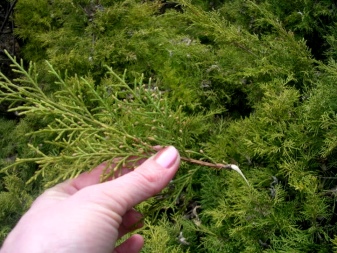
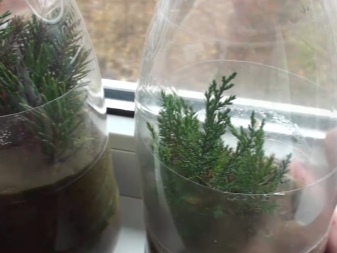
Seed propagation is carried out using purchased or self-collected material. Disembarkation takes place in late spring. Previously, the seeds are kept for about 30 minutes in a three percent solution of potassium permanganate. Further, the material stays in liquid fertilizer for two hours, and then its direct sowing is carried out. Traditionally, the 50 by 80 scheme is used.
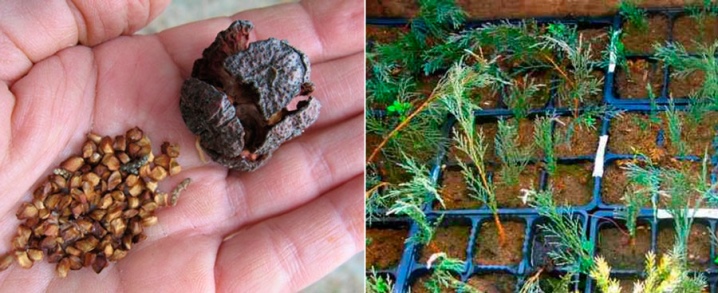
Diseases and pests
In cold regions, junipers most of the diseases occur due to the fact that the branches lie on the surface of the earth. With excess moisture, rot develops. To eliminate the problem, it is necessary to balance the irrigation process or create an interlayer of treated pine bark between the branches and the ground.
Dry Siberian air quite often causes the emergence of spider mites. To prevent the problem, regular sprinkling will be required - at least once a week in hot dry weather, but either early in the morning or late in the evening. In addition, high temperatures can cause the mealybug to become active.
Juniper requires regular inspections and preventive measures. Fungicides are used to fight infections, and insects are destroyed through the use of insecticides and acaricides.

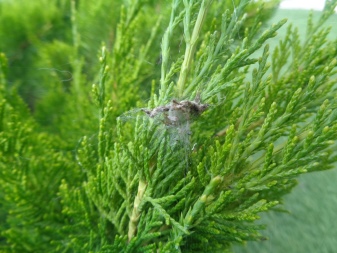
Use in landscape design
Junipers in Siberia are often used in landscape design. The plant can be the basis for a neat hedge of a beautiful shade, planted one by one or in a group. Quite often, juniper is planted along a curb or alley, and is also combined with other conifers. We must not forget about the use of juniper for the organization of an alpine slide, a Japanese garden or other landscape design.
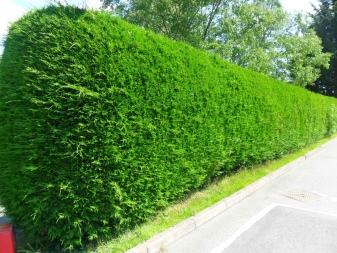
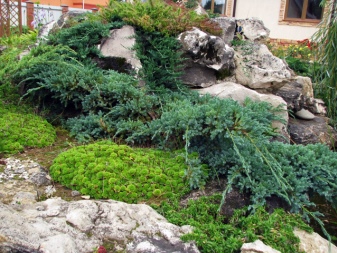
For the varieties of juniper, see the next video.



































































The comment was sent successfully.